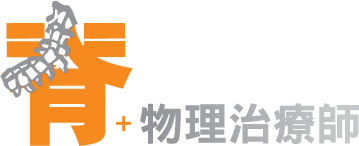What is SciaticaĦH
Sciatica is the term given to pain down into the leg, which travels below the knee, and may involve the foot. It is caused by irritation of the main nerve into the leg, the sciatic nerve. This pain tends to be caused where the nerves pass through and emerge from the lower bones of the spine (lumbar vertebrae). Sciatica occurs most frequently in people between 30 and 50 years of age. Often a particular event or injury does not cause sciatica, but rather it may develop as a result of general wear and tear on the structures of the lower spine.
What are the causes?
Sciatica is usually caused by pressure on the sciatic nerve from a herniated disc (also referred to as a ruptured disc, pinched nerve, slipped disk, etc.). The problem is often diagnosed as a "radiculopathy", meaning that a disc has protruded from its normal position in the vertebral column and is putting pressure on the radicular nerve (nerve root), which connects with the sciatic nerve.
The usual causes are direct trauma (often due to an injection into the buttocks), prolonged external pressure on the nerve, and pressure on the nerve from nearby body structures. It can also be caused by entrapment -- pressure on the nerve where it passes through a narrow structure. The damage slows or prevents conduction of impulses through the nerve.
What are the symptoms?
1. The most common symptom of sciatica is pain. Most people describe a deep, severe pain that starts low on one side of the back and then shoots down the buttock and the leg with certain movements.
2. The pain is usually worse with both prolonged sitting and standing. Some people have the worst pain when trying to stand from a low sitting position, such as standing up after sitting on a toilet seat.
3. For most people, the pain is made worse by sneezing, coughing, laughing, or a hard bowel movement. Bending backward can also make the pain worse.
4. There may be numbness and there may be weakness of the lower leg muscles. These symptoms may come on their own, but are often combined with low back pain. The order in which the symptoms appear may vary. Sometimes the low back pain comes before the sciatica, and sometimes will follow.
What are the prevention and treatments?
1. Chiropractic adjustment, infrared, shockwave, interferential therapy can help to relieve your symptoms and pains.
2. Proper lifting techniques in keeping your back straight while bending your knees to pick up items often help avoid mechanical back problems.
3. Keep flexibility and muscle tone by performing stretching exercises. These will help keep your back from bothering you.
4. Maintaining your weight within your recommended limits for your height will go a long way to maintaining a healthy back as well.
5. Avoid activities that are likely to put unnecessary strain on your back.
6. Do not bend, lift, or sit in a soft, low chair - your pain will get worse.



